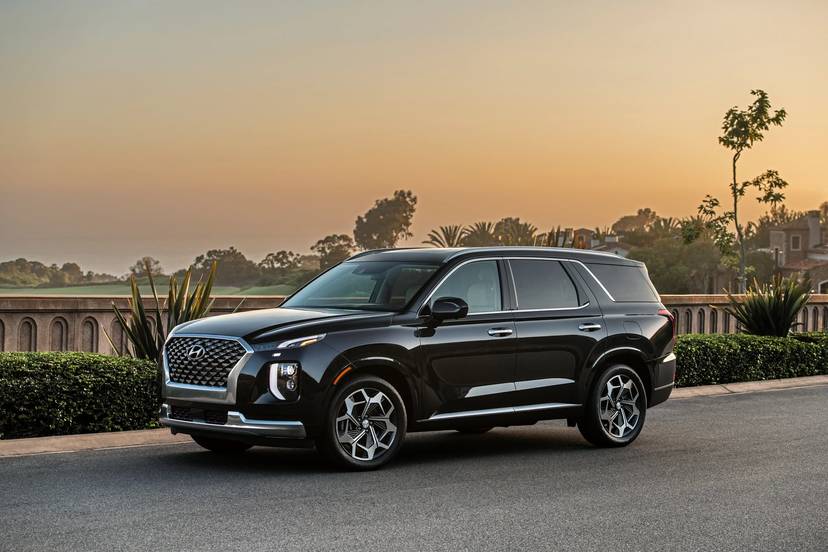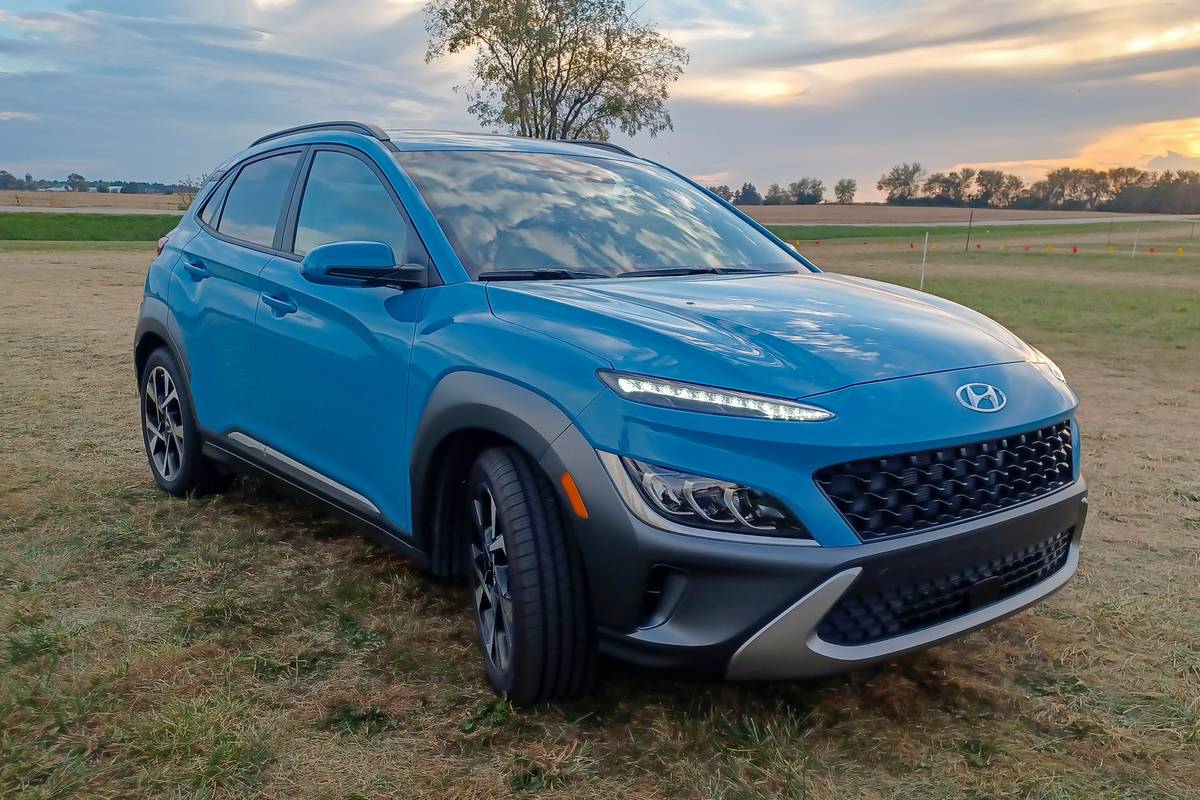
The verdict: The 2022 Hyundai Kona’s tidy dimensions make it city-friendly, while available all-wheel drive makes it a true SUV.
Versus the competition: The Kona’s engaging road manners make it more fun to drive than many in this class, but a tight backseat and small cargo area make it one of the smallest you can buy.
The 2022 Hyundai Kona was updated with more dramatic exterior styling, additional rear legroom, and an updated multimedia system with larger screens. Hyundai has also added a sport-inspired N Line trim with more aggressive styling that uses the Kona’s upgraded turbocharged engine. See the 2022 Kona compared with the 2021 model.
The Kona competes in the ever-growing subcompact SUV class against the likes of the Honda HR-V, Kia Seltos and Subaru Crosstrek.
Related: Hyundai Updates the Kona, Kona EV for 2022: See What Changed
Road Manners
The Kona has a comfortable ride for a vehicle with such a short wheelbase. The ride is on the firm side, but it lacks the choppiness that can sometimes impact a tiny SUV’s ride quality. Bumps are decently absorbed and excessive body motions kept in check. Overall, it has a taut, controlled feel and a tight turning radius that helps with maneuverability. It’s engaging to drive but not overly sporty, though popping it into Sport mode helps.
The Kona features driver-selectable Sport, Smart and Normal modes. I couldn’t tell much difference between Smart and Normal modes, but Sport delivered a more aggressive response from the Limited trim I drove. It was equipped with a turbocharged 1.6-liter good for 195 horsepower, up from last year’s 175 hp.
The N Line trim also uses this engine, while a forthcoming performance-oriented Kona N will use a turbo 2.0-liter four-cylinder good for 276 hp, paired with an eight-speed dual-clutch automatic transmission. In the Limited, the 1.6-liter works with a revised version of 2021’s seven-speed dual-clutch automatic. That pair is an upgrade from the base powertrain, a 147-hp, 2.0-liter four-cylinder mated to a new continuously variable automatic transmission.
The powertrain in the Limited sometimes felt a little Jekyll and Hyde: composed one minute and moody the next. It pounced from a stop, and the quick-shifting — though abrupt — transmission kept things rolling nicely. At a stop, however, the engine felt and sounded rough, with a pronounced idle shudder that gave off an unrefined vibe. Against the competition, however, the Kona smokes the loud, slow Crosstrek (with its base engine) and the HR-V.
It does well when it comes to fuel economy, too. The Kona is rated 30/35/32 mpg city/highway/combined in base front-wheel-drive trim with the standard engine. The turbo 1.6-liter I tested has similar ratings with FWD, at 29/35/32 mpg; AWD brings it down a smidge to 27/32/29 mpg. Those numbers were achievable in real-world testing: I averaged 33 mpg during a 310-mile trip that included mostly highway driving.
The Kia Seltos, which is the Kona’s sibling, has the same powertrains and is rated similarly: 29/35/31 mpg in base FWD trim with the standard engine. The turbo 1.6-liter is available with AWD only and is rated lower, at 25/30/27 mpg. The Subaru Crosstrek’s base engine is also rated lower, at a weak 22/29/25 mpg with standard AWD and a standard manual transmission; opting for the CVT brings it up to 28/33/30 mpg. The Crosstrek’s larger engine is rated 27/34/29 mpg. Lastly, the Honda HR-V is rated 28/34/30 mpg in its base FWD trim.
Hyundai also offers an EV version of the Kona, but there’s a catch: The model, which uses a 201-hp electric motor and has a listed range of 258 miles, is only sold in the 12 states that require increasing sales of zero-emissions vehicles. Of the competitors listed here, it’s the only one with an electric-only variant available anywhere, though the Crosstrek is available as a plug-in hybrid.
Clean Controls, Dull Design
The Kona’s outward visibility is outstanding thanks to a lot of glass and an upright driving position — all of which helps distract from its underwhelming interior. Hyundai seems to have used all of its styling points outside; the exterior stands out with a big dynamic grille and aggressive headlight design, but the inside is a ticket to Dullsville.
The cabin lacks any sense of style or design, with a black-on-black-on-black theme that just drags on. The highlight of the cabin is Hyundai’s refreshingly simple multimedia and control system, which the Kona thankfully still uses (other newer Hyundai models, such as the Tucson, have largely ditched it for a more complicated, touch-sensitive control system that has drawn our ire). For 2022, the previously standard 7-inch and optional 8-inch touchscreens have been replaced by 8- and 10.25-inch units. Both still have Apple CarPlay and Android Auto, but the 8-inch unit adds wireless smartphone integration. As in the new Elantra, however, the 10.25-inch display reverts to wired smartphone connections.
I tested the larger screen, which sits high on the dash for good visibility and an easy reach; its large tuning and volume knobs are also handy. The system is easy to use thanks to a straightforward menu structure and a few extra touches, such as a helpful search function. This feature allows you to quickly access settings you’d like to adjust without hunting through menus.
One hiccup, and it’s one I’m used to, is the execution of Android Auto. Apple CarPlay uses the full width of the Kona’s widescreen, but Kona drivers with Android phones (like me!) have to settle for much less. The Android Auto interface displays in a much smaller section of the screen, with a black box taking up the rest of the space to its right.
There’s a setting to enable “split-screen” functionality, but it only displays minimally helpful info, including a compass, time and weather. I hoped it would show something Android Auto-related — like if the map were on the main screen, my audio choice could be on the little extra screen — but this isn’t the case.
Space Constraints
Even with additional rear legroom for 2022, the Kona is still on the smaller side of this class, and it shows when you get inside. With 35.2 inches of rear legroom, it trails the Seltos, HR-V and Crosstrek; the Kona also has a smidge less rear headroom than those competitors.
The backseat is tiny, but that little bit of extra room did help the 2022 Kona do better with car seat accommodation than older versions of the subcompact SUV, though it still didn’t secure top scores in our Car Seat Check.
In terms of cargo space, it again sits at the bottom of the pack. By Cars.com’s measurements, the Kona has 10.89 cubic feet of space, below the Subaru Crosstrek’s 13 cubic feet and well below the Kia Seltos’ 16.3 cubic feet. It’s not all bad, though: The cargo area is nice and tall, and it has a handy little underfloor storage area to contain smaller things. The front seat also has a decent amount of small-item storage space.
More From Cars.com:
- 2022 Hyundai Kona Specs, Price, MPG & Reviews
- Here Are the 10 Cheapest New SUVs You Can Buy Right Now
- What’s the Best Affordable Small SUV?
- Hyundai’s Kona Gets Racier With 2022 Kona N
Safety and Value
The 2022 Hyundai Kona starts at $22,375, and AWD adds $1,500 (prices include destination). It’s roughly the same price as a Honda HR-V and about $1,000 less than a base Kia Seltos or Subaru Crosstrek, both of which come with AWD standard; the Crosstrek’s base model does, however, use a manual transmission.
The Kona I drove was a Limited AWD trim that cost $31,330. The only extra was a floormat package that cost $155.
The Kona’s price is appealing — and so is its safety features list, which has grown for 2022. The standard automatic emergency braking system with pedestrian detection adds optional cyclist detection for 2022. Hyundai’s lane-centering steering system, called Lane Following Assist, is also standard for ’22, along with a driver attention monitor and a rear occupant reminder system that alerts you to check the backseat after you’ve parked.
Available features include adaptive cruise control (now with stop-and-go functionality), as well as upgraded blind spot warning and rear cross-traffic alert systems that gain braking intervention if they sense danger when you try to change lanes or back up, respectively.
As this crowded class continues to add models, shoppers are faced with an ever-growing list of choices, but if you’re looking for a small, affordable and fun SUV, the Kona stands out.
Cars.com’s Editorial department is your source for automotive news and reviews. In line with Cars.com’s long-standing ethics policy, editors and reviewers don’t accept gifts or free trips from automakers. The Editorial department is independent of Cars.com’s advertising, sales and sponsored content departments.




































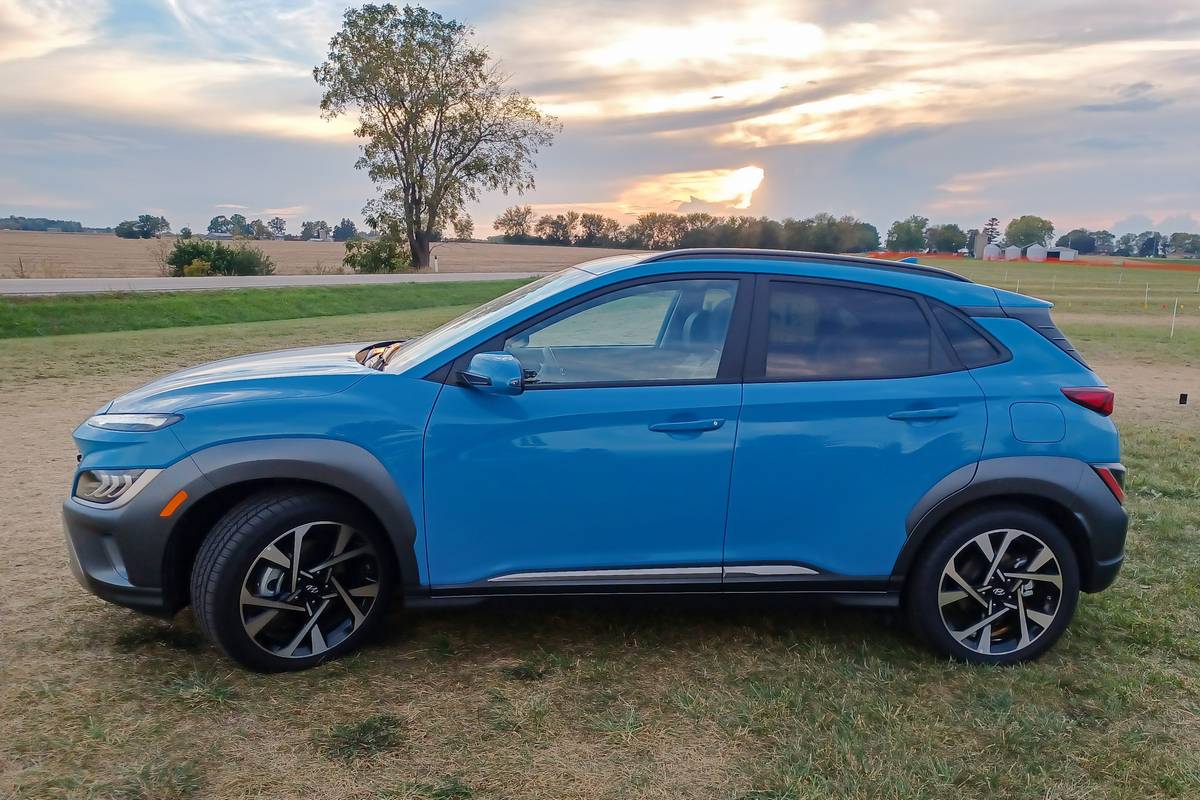
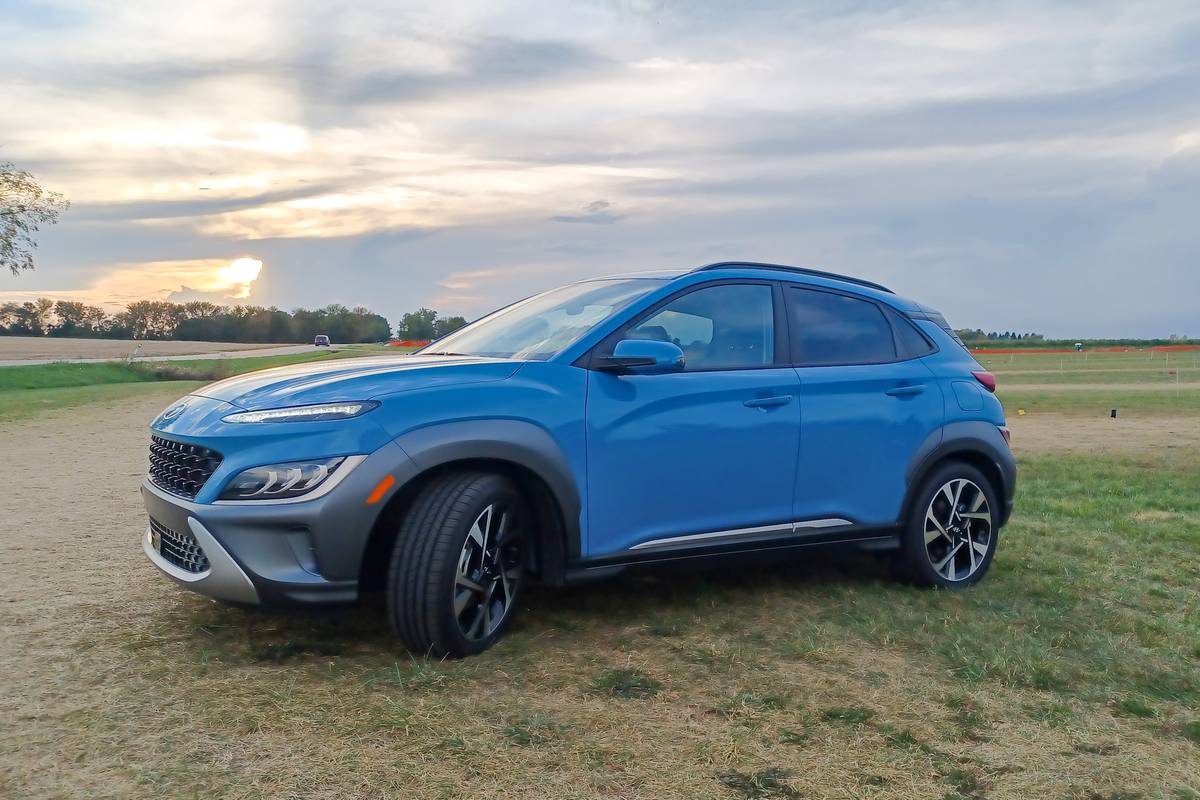

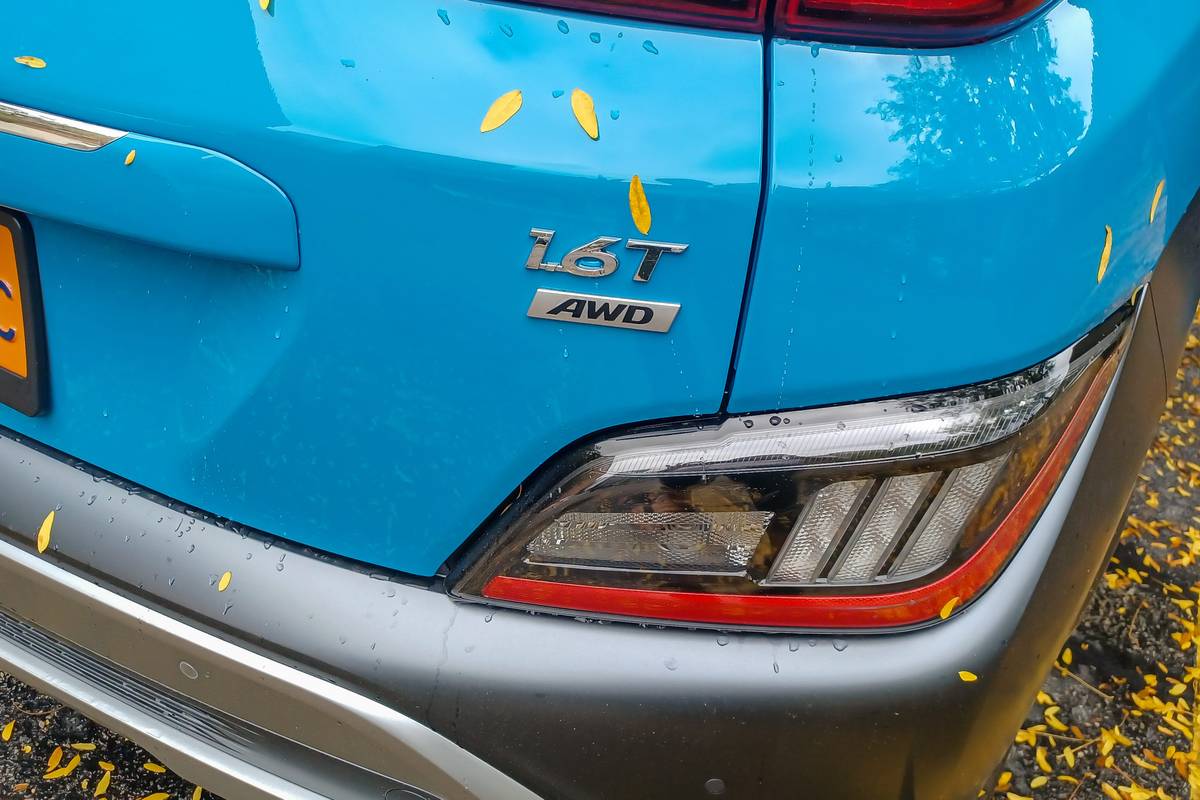

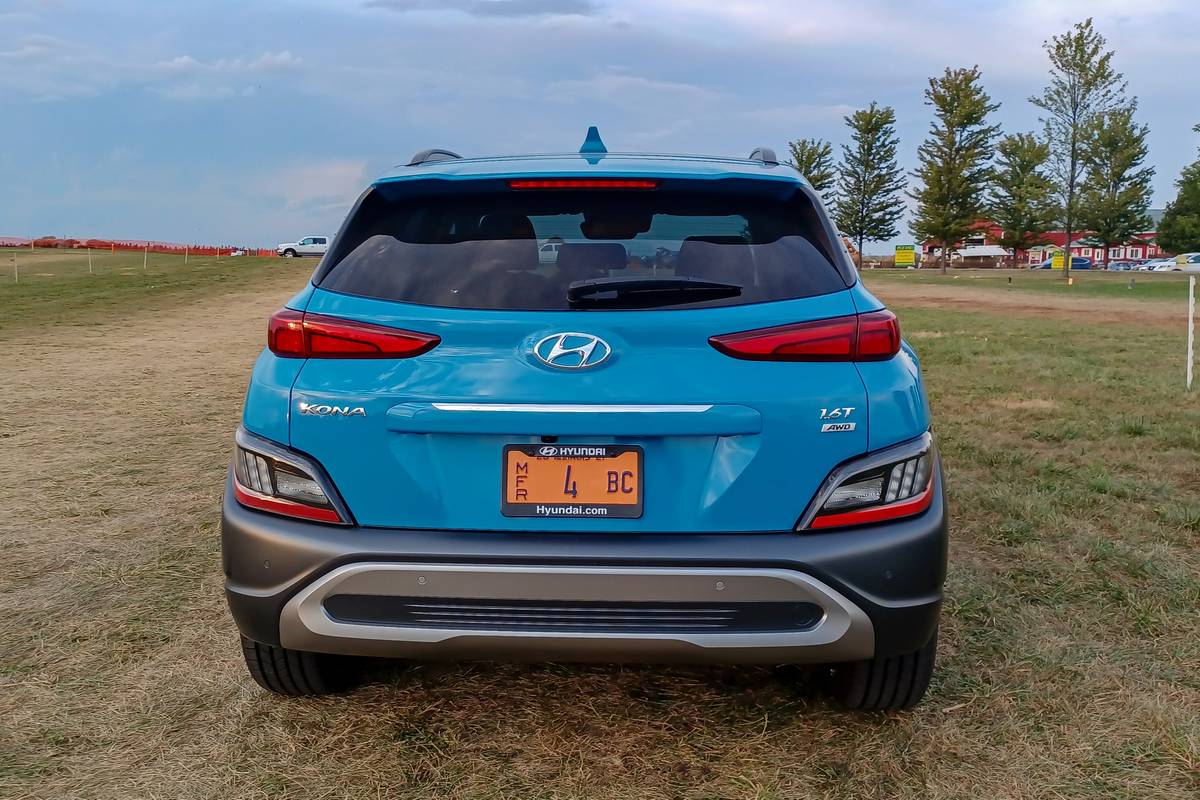
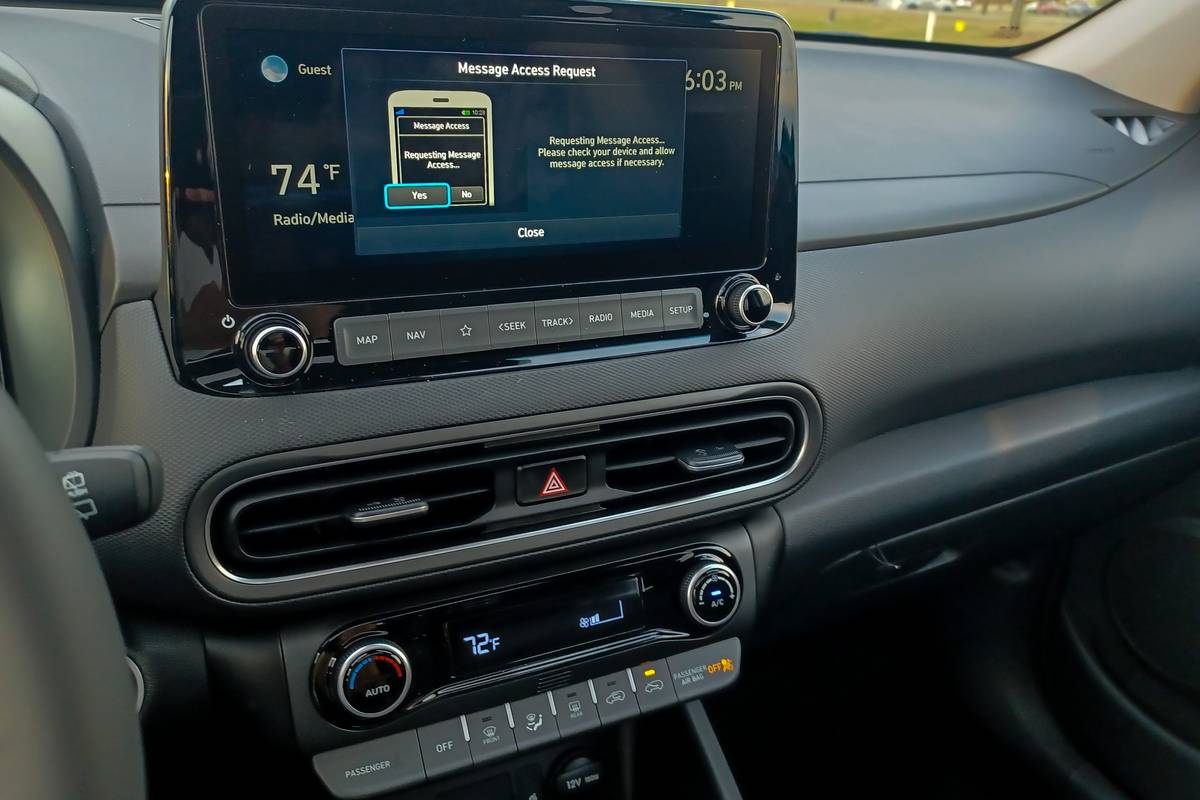

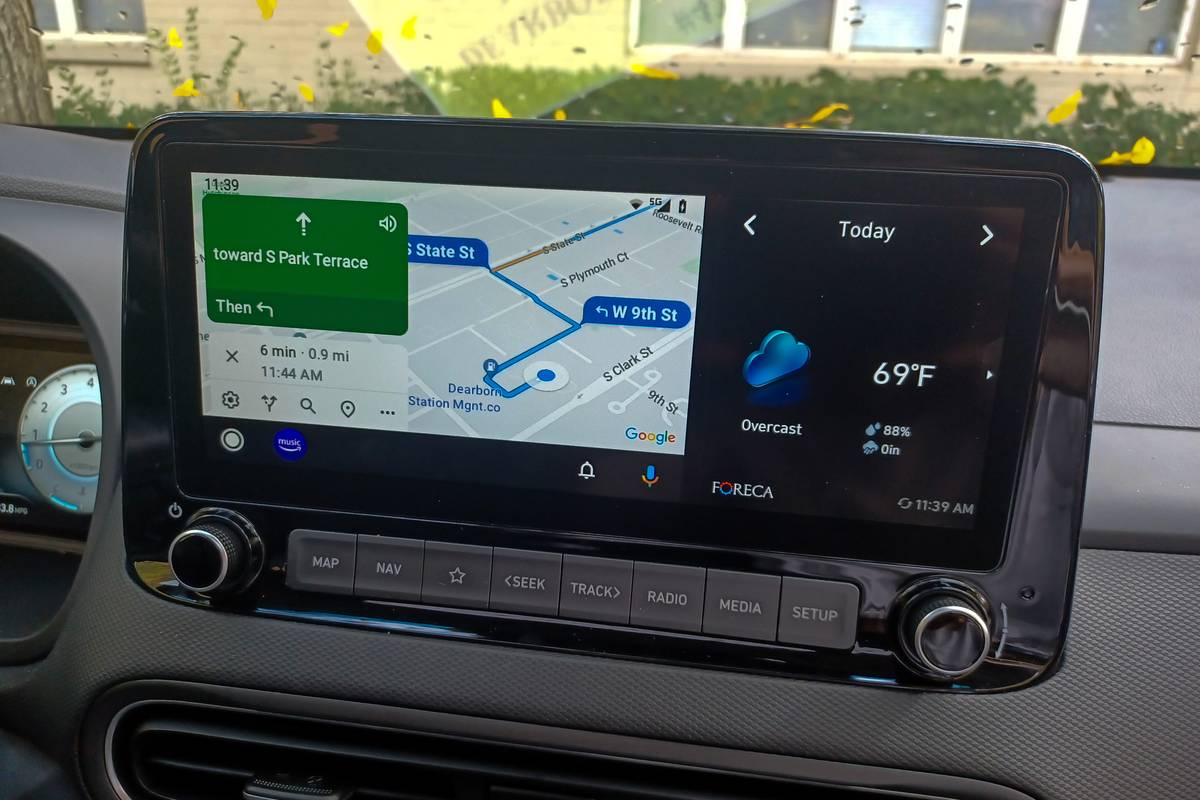

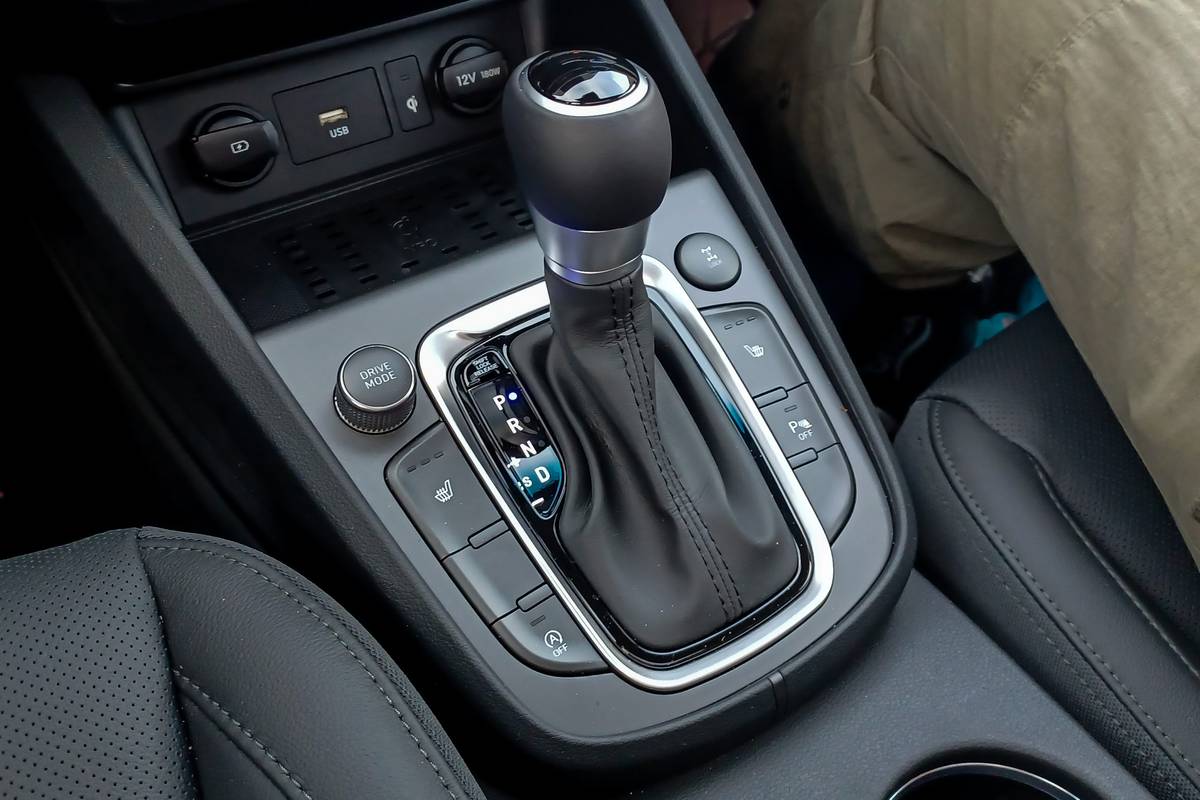
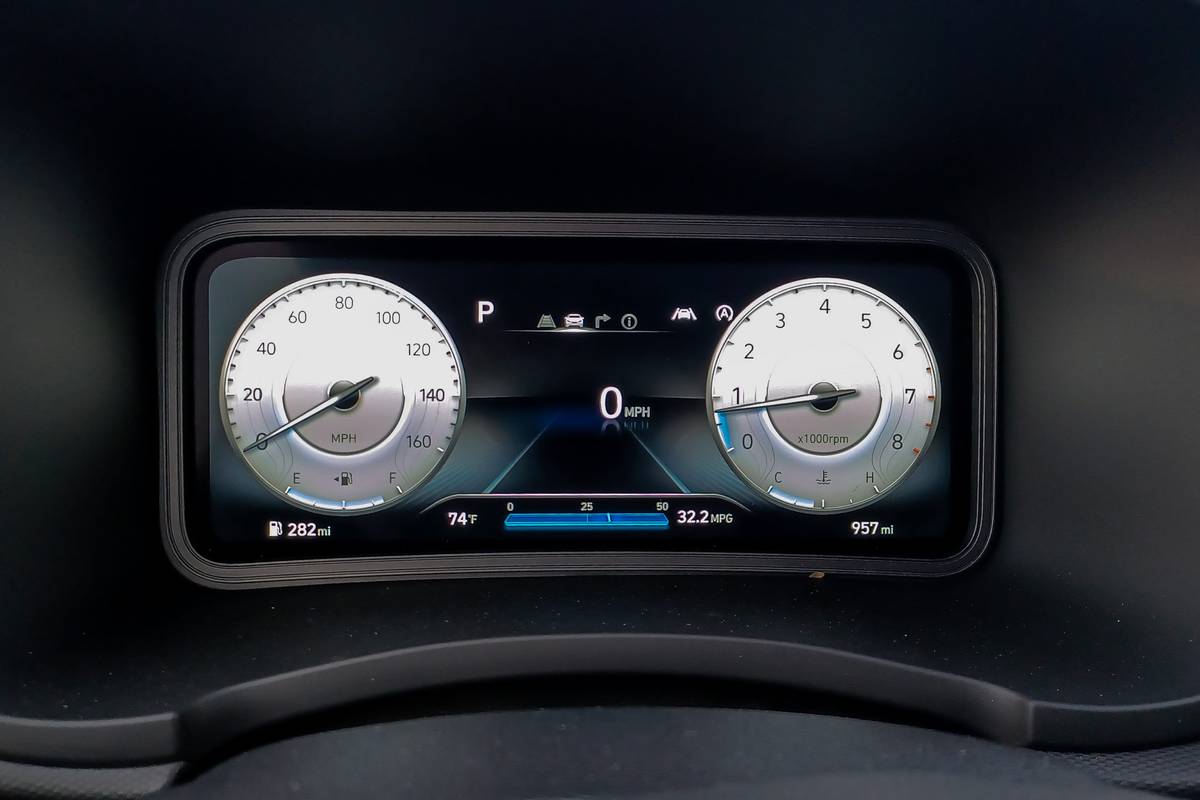
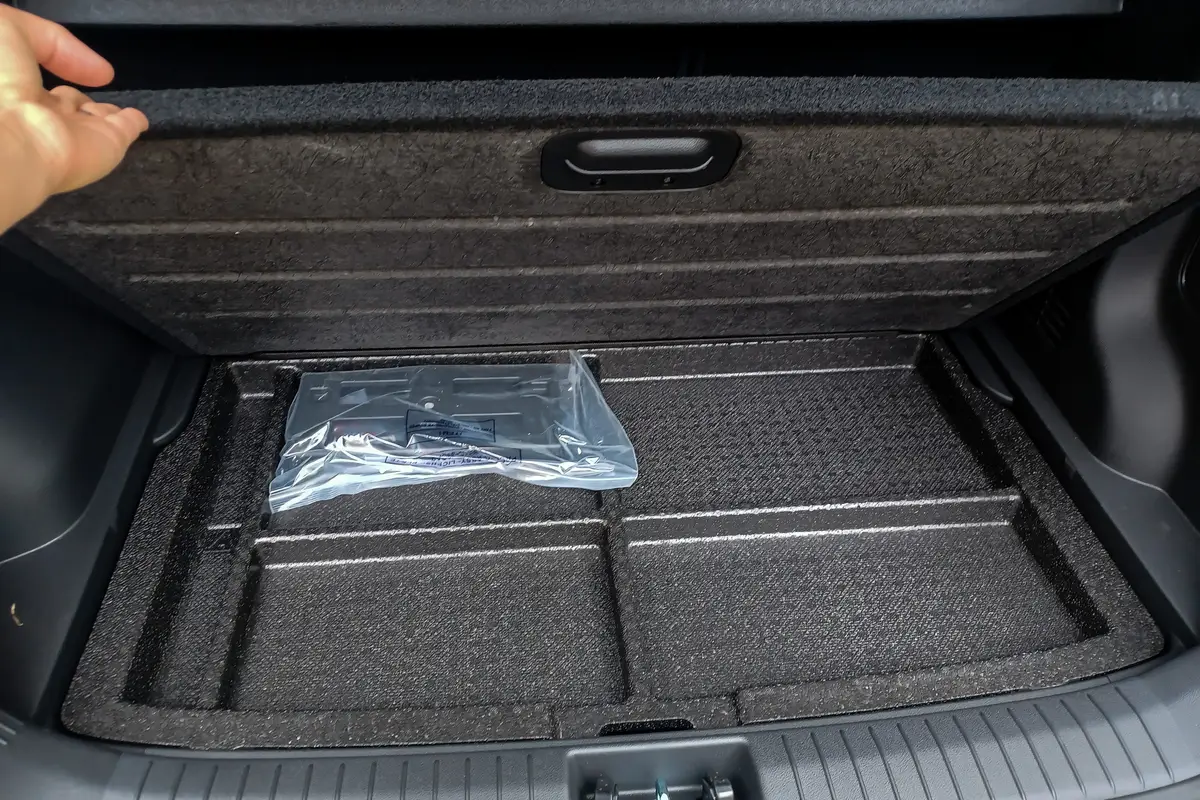
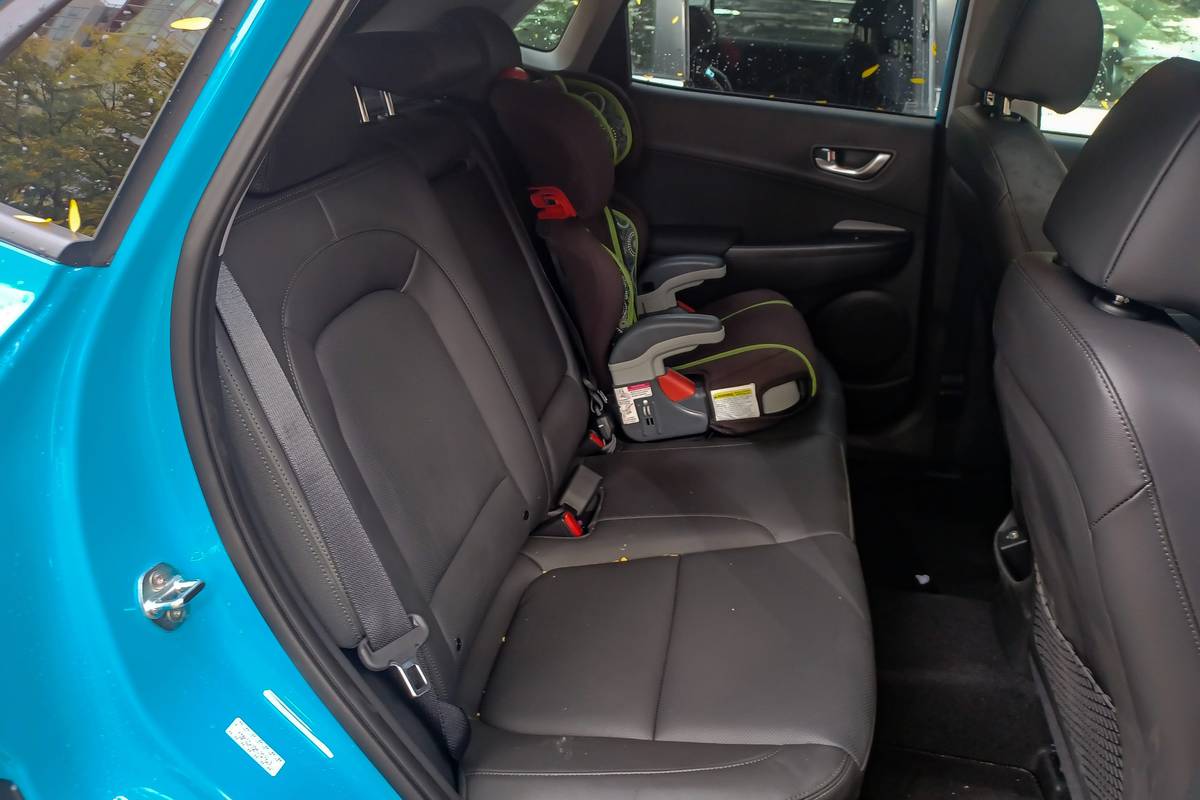
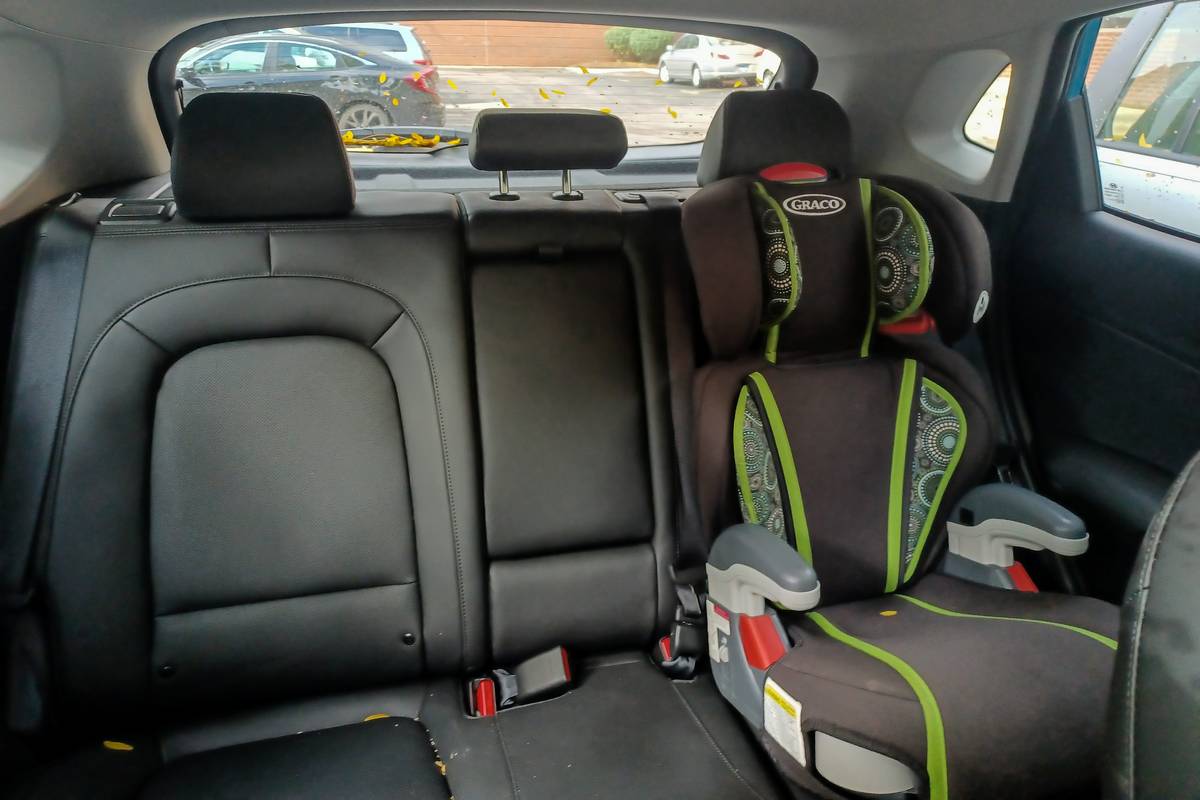
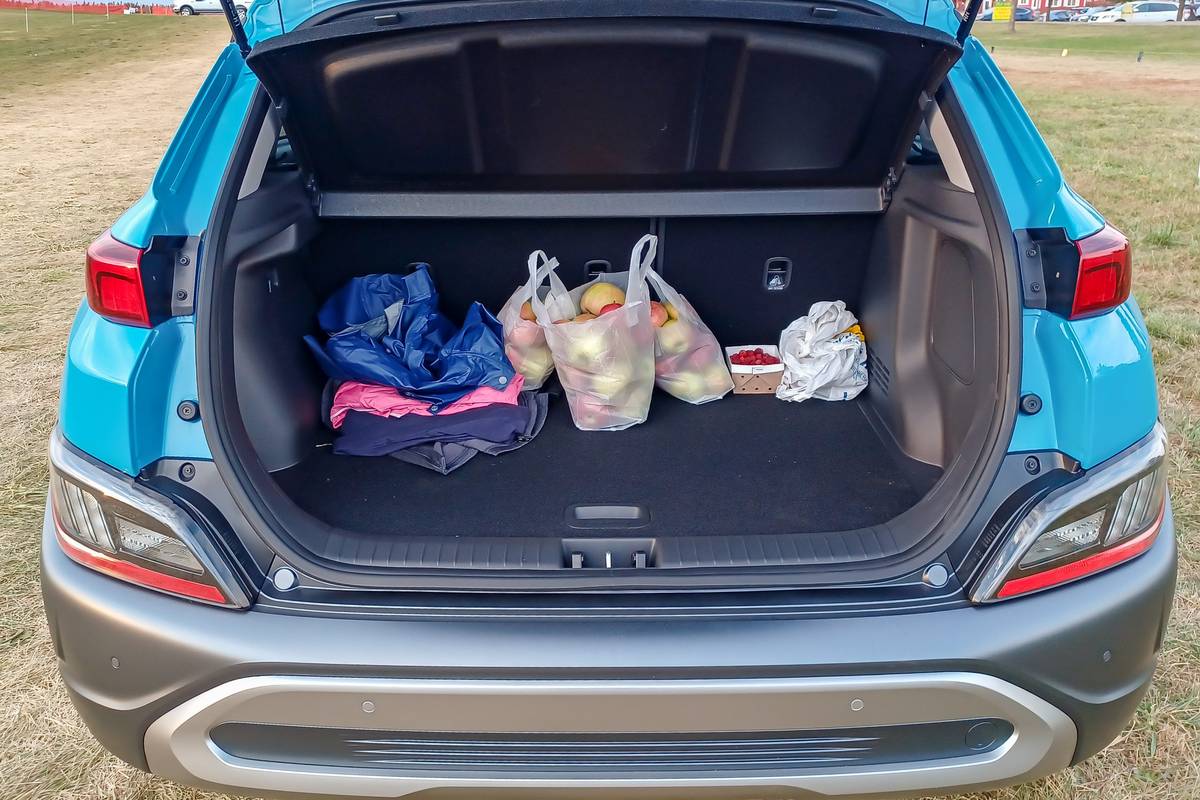


 Latch
Latch
 Infant
Infant
 Rear-facing Convertible
Rear-facing Convertible
 Front-facing Convertible
Front-facing Convertible
 Booster
Booster






